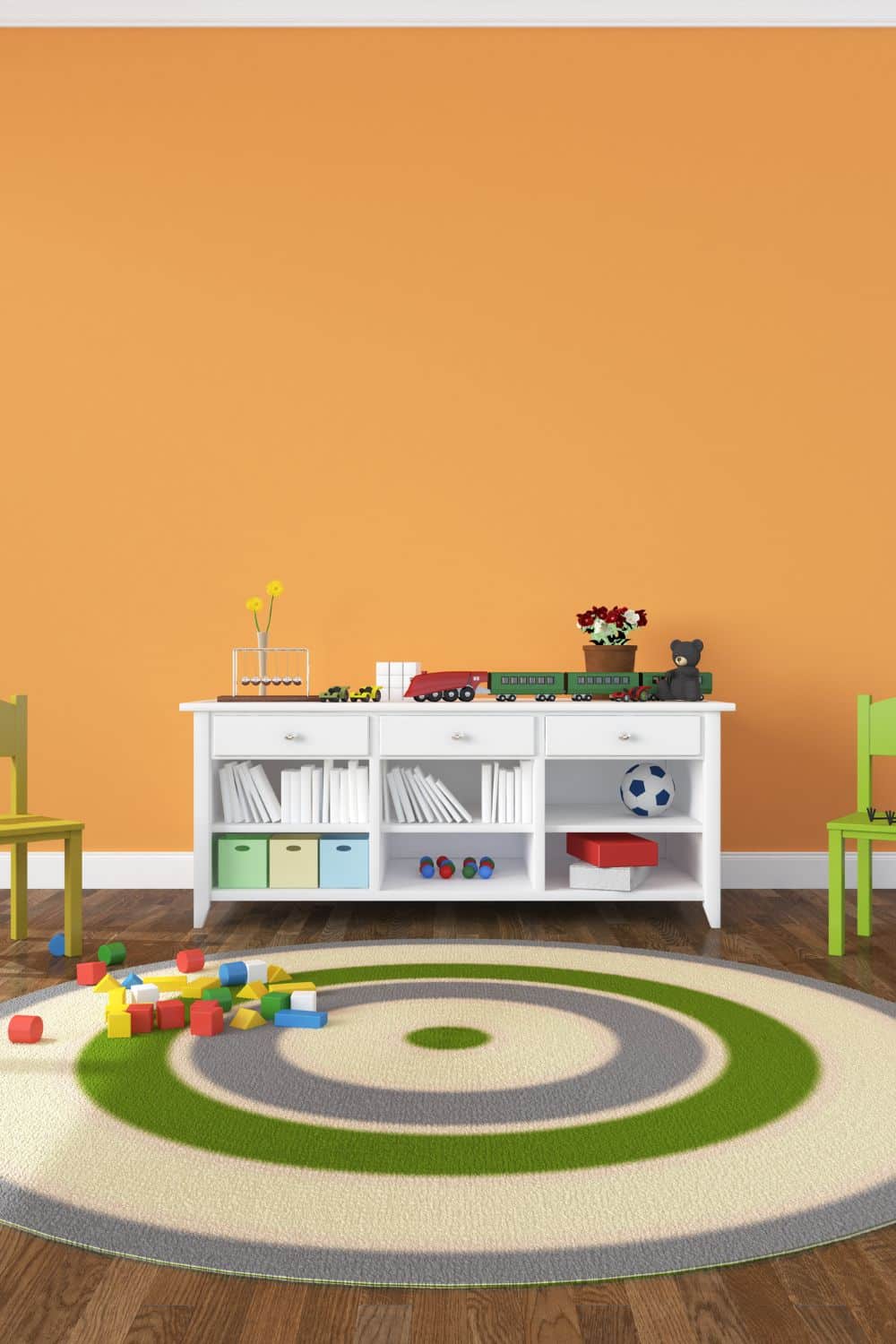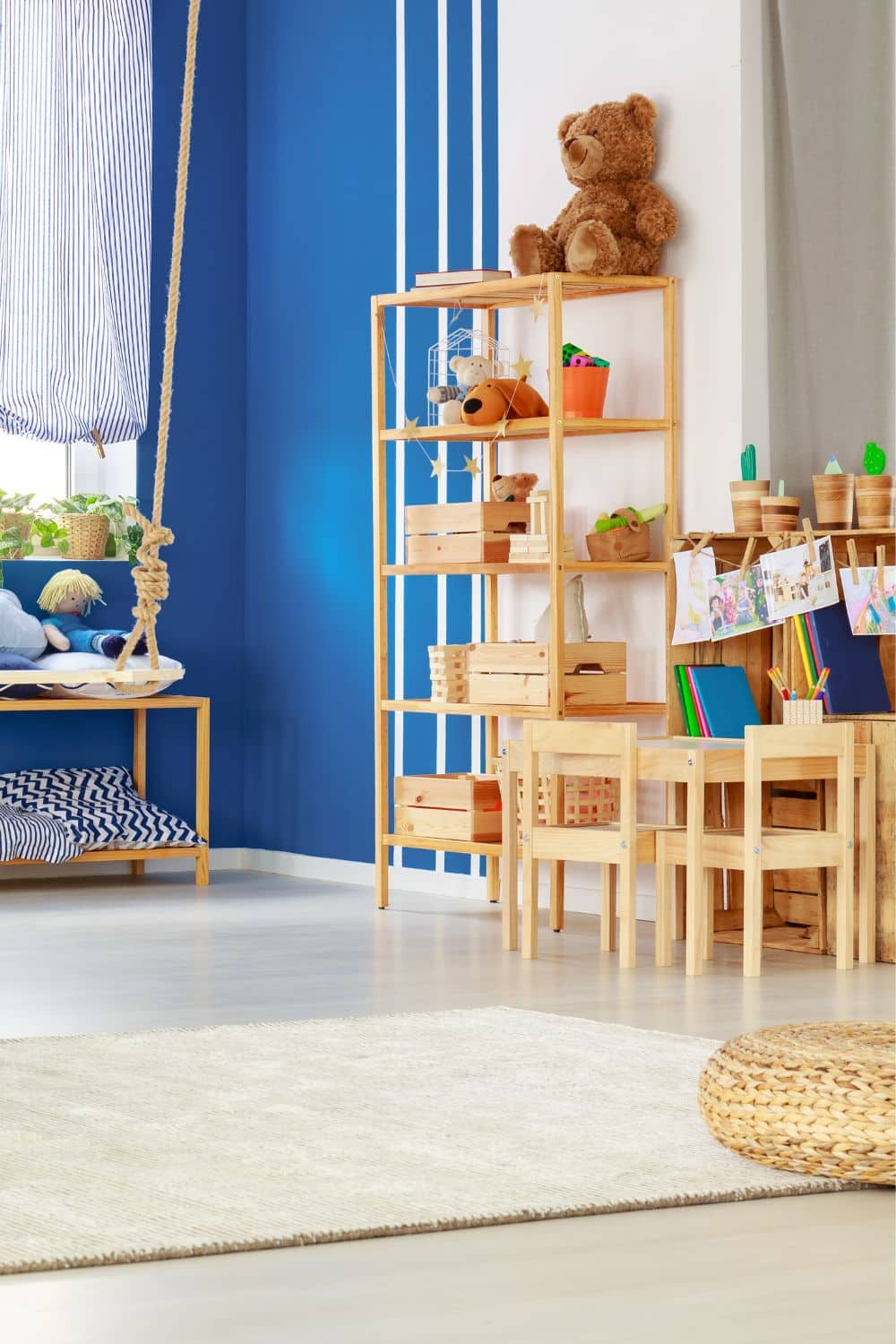Are you looking to remodel your child’s room? Here are tips on safe and creative approaches you can explore when involving kids in room design.
What safe and creative approaches can you explore when involving kids in room design?
Safety is paramount when designing a room for children, but so is fostering an environment that encourages creativity. You must balance protecting your children and giving them a space stimulating their imagination and sense of adventure. The ideal approach involves thoughtful design elements that put safety first—like using non-toxic materials and ensuring furniture is stable and age-appropriate—while setting the scene for play, learning, and growth.
Involving your kids in the process makes them feel valued and respected and contributes to their creative development. Allowing children to express their preferences and ideas can lead to a room filled with wonder and personality. By encouraging their input on color choices or themes, you’re nurturing creativity and helping them develop a sense of ownership and pride in their personal space. Consider practical design ideas that mesh well with playful elements to create a fun and functional room.
Plan for the future to create a room that evolves with your child. As kids grow, their needs and tastes change, and the room should be adaptable to those changes. Start by selecting versatile furniture that can be repurposed and opting for wall art or accessories that can be easily updated. This way, your child’s room can remain a safe and engaging space that reflects their development through different stages of their childhood without the need for frequent major overhauls.
Fundamentals of Kid-Friendly Room Design
Creating a child’s room requires careful consideration of both fun and functionality. Your design decisions should foster a space that is as joyful as it is safe, blending play with education and storage with space efficiency.
Maximizing Storage and Organization
Children have a lot of stuff—from toys to clothes to books. To keep clutter at bay, maximizing storage and organization is key. Utilize multi-functional furniture like a collection of cabin beds that integrates sleep and storage in a single piece. Implement an assortment of baskets, jars, and hooks to easily organize small items. And don’t forget to make these storage solutions accessible to encourage your child’s independence in keeping their room tidy.
Incorporating Playful Elements
Incorporating playful elements is essential in designing a room that your child will adore. Think of ways to infuse play into every aspect of the room—from imaginative artwork to a color palette that sparks creativity. A vibrant rug or wall decals with playful patterns serve as decoration and imaginative play prompts. Including a dedicated area for games or a small indoor swing can turn an ordinary room into a wonderland of fun.
Choosing Safe and Durable Materials
Safety is paramount in a kid’s environment. Opt for robust and rounded furniture at the edges to prevent injuries. Materials should be easy to clean and withstand the wear and tear of daily use. Consider a textured rug that is both safe for play while also anchoring the space’s design. And when selecting paint, choose options that are low in volatile organic compounds (VOCs) to ensure the air quality is safe for your young ones.
Enhancing Functionality and Creativity
When designing a room for children, combining functionality with creativity is crucial. This means creating a space that fosters imagination and growth while remaining organized and conducive to their changing needs.
Designing for Learning and Growth
A room that grows with your child is a blend of educational elements and imaginative spaces. Opt for multi-functional furniture like a loft bed with under-bed storage, ensuring a place for sleep, play, and study. Incorporating a reading nook encourages a love for books and provides a quiet spot for learning, while a designated playroom area with clear toy storage promotes both responsibility and creative play.
- Wallpaper: Choose vibrant colors and patterns that stimulate the senses without overwhelming the room.
- Lighting: Install adjustable lighting that can cater to different activities, from bright for study time to soft and warm for relaxation.
- Visibility: Maintain open areas for safe play, and incorporate elements for sensory integration, especially if accommodating special needs.
Personalizing the Space
Your child’s bedroom should be a reflection of their personality. Encourage personalization through DIY projects that they can help with, such as painting a mural or creating playroom decor. Emphasize clean lines and surfaces to highlight their own artwork or achievements without clutter.
- Interior Designer: If desired, consult with an interior designer who specializes in early childhood spaces to curate a tailored experience.
- Creative Play: Allocate areas within the room for different forms of creative play, and consider using materials that support imagination, like a chalkboard wall or a magnetic board.
- Sensory Integration: Integrate tactile materials and interactive pieces that engage all the senses, fostering an environment that supports early childhood development.
Conclusion
Involving children in room design harnesses their creativity and empowers them to meaningfully engage with their own space. You create a setting where they can thrive by considering safety, fostering a creative learning environment, and using kid-friendly design elements. Your role is to guide the process, ensuring the final design fits their needs and sparks their imagination.


Leave A Reply!